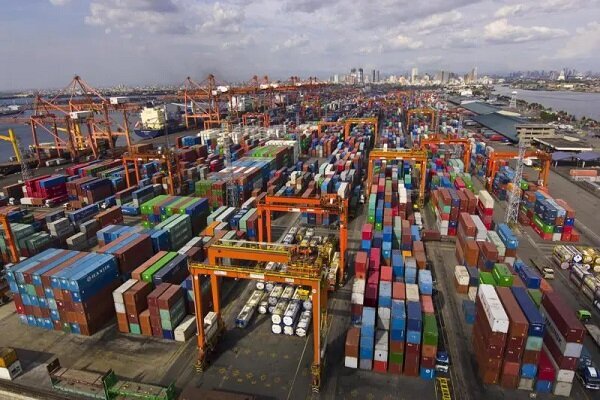Under the administration of President Masoud Pezeshkian, Iran’s foreign policy has further prioritized strengthening relations with Eurasian countries to access global markets.
According to Mohammad-Ali Dehghan Dehnavi, head of Iran’s Trade Promotion Organization (TPO), Iran’s decision four years ago to enter into free trade with Eurasia has led to a significant reduction in tariffs. Since then, trade with member countries of the EAEU has risen by 2.5 times.
The free trade agreement between the EAEU and Iran was signed on December 25, 2023, in St. Petersburg, Russia. This agreement aims to reduce or eliminate tariff and non-tariff barriers while supporting economic and trade interactions. Following the signing of the final document of the free trade agreement, 87% of the tariff codes for commercial goods between Iran and the EAEU will be reduced to zero.
The Eurasian Economic Union held its annual meeting on September 30 and October 1 in Yerevan, Armenia, with a high-level delegation from Iran representing both the public and private sectors. During the meeting, Iran’s First Vice President Mohammad Reza Aref emphasized that Iran is committed to expanding economic relations at both bilateral and multilateral levels with EAEU member states.
Figures from Iran’s Customs Administration show that exports to EAEU member countries saw 16% increase in the first five months of the current calendar year (March 20 to August 20). The volume of exports to these countries reached 2.2 million metric tons, a 35% growth compared to the same period in the previous year.
MNA/






Leave a Reply